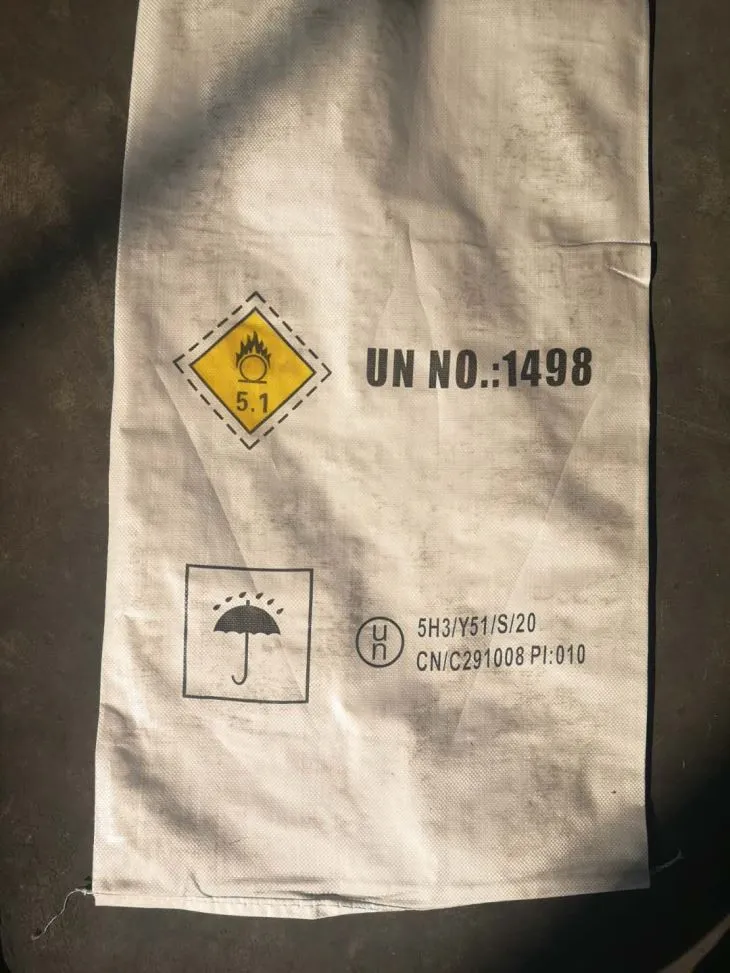



Preparation and Application of 10% Sodium Hydroxide Solution in Laboratory Settings
Understanding 10% Sodium Hydroxide (NaOH) Solution Properties, Uses, and Safety Measures
Sodium hydroxide (NaOH), commonly known as lye or caustic soda, is a highly versatile chemical compound used across various industries, laboratories, and even in households. A 10% NaOH solution contains 10 grams of sodium hydroxide dissolved in 100 milliliters of water, making it a significant concentration that is both effective and manageable for many applications. This article explores the properties, uses, and safety measures associated with a 10% NaOH solution.
Properties of 10% NaOH Solution
Sodium hydroxide is an inorganic compound known for its caustic and alkaline nature. When in solution, it dissociates into sodium (Na⁺) and hydroxide (OH⁻) ions, making the solution highly alkaline, with a pH level typically around 13 – 14. This high pH means that a 10% NaOH solution can effectively neutralize acids, making it an essential reagent in various chemical reactions.
The solution is colorless and odorless, with a viscous texture. It is soluble in water, generating a significant amount of heat during the dissolution process, a phenomenon known as an exothermic reaction. This property necessitates caution when preparing or handling the solution, as sudden exposure can result in burns or injuries.
Applications of 10% NaOH Solution
The applications of a 10% NaOH solution are diverse, spanning multiple sectors
1. Chemical Industry In chemical manufacturing, NaOH is utilized as a strong base in various processes, including the production of sodium salts, soaps, and detergents. It serves as a key ingredient for pH adjustments and neutralization reactions.
2. Food Processing In the food industry, sodium hydroxide is used to peel fruits and vegetables, such as tomatoes and peaches, during processing. It also finds application in the preparation of alkaline foods, such as certain types of olives and pretzels.
3. Water Treatment NaOH is widely employed in water treatment facilities. It helps adjust the pH of water and plays a significant role in the removal of heavy metals and other pollutants, ensuring that water quality meets safety standards.
10 naoh

4. Laboratory Use In laboratory settings, a 10% NaOH solution is crucial for experiments requiring strong basic conditions. It is often used in titrations, sample preparations, and various chemical assays.
5. Cleaning Agent Due to its powerful degreasing and cleaning properties, 10% NaOH solutions are effective for cleaning surfaces, unclogging drains, and removing grease or food residues from cooking appliances.
Safety Measures When Handling 10% NaOH
While a 10% NaOH solution is useful, it is essential to handle it with extreme care. Here are vital safety measures to consider
- Personal Protective Equipment (PPE) Wearing appropriate PPE is crucial. This includes gloves, goggles, and lab coats to protect the skin and eyes from potential burns or irritation.
- Proper Storage NaOH should be stored in a cool, dry place, away from incompatible substances such as acids. Containers should be clearly labeled to avoid accidental exposure.
- Neutralization Procedures In case of spills, use a suitable neutralizing agent, such as vinegar (acetic acid) or citric acid, to neutralize the NaOH before clean-up. Always proceed cautiously and avoid direct contact.
- Eye Wash Stations Facilities using NaOH should have eye wash stations and emergency showers readily available, providing immediate access to safety measures in case of contact.
In conclusion, a 10% sodium hydroxide solution is a valuable asset in various fields, offering significant benefits in chemical processes, food preparation, water treatment, and cleaning tasks. However, its caustic nature demands strict adherence to safety protocols to mitigate risks. Understanding how to harness its power safely allows industries and individuals to maximize its potential while minimizing hazardous incidents.
-
Why Sodium Persulfate Is Everywhere NowNewsJul.07,2025
-
Why Polyacrylamide Is in High DemandNewsJul.07,2025
-
Understanding Paint Chemicals and Their ApplicationsNewsJul.07,2025
-
Smart Use Of Mining ChemicalsNewsJul.07,2025
-
Practical Uses of Potassium MonopersulfateNewsJul.07,2025
-
Agrochemicals In Real FarmingNewsJul.07,2025
-
Sodium Chlorite Hot UsesNewsJul.01,2025










